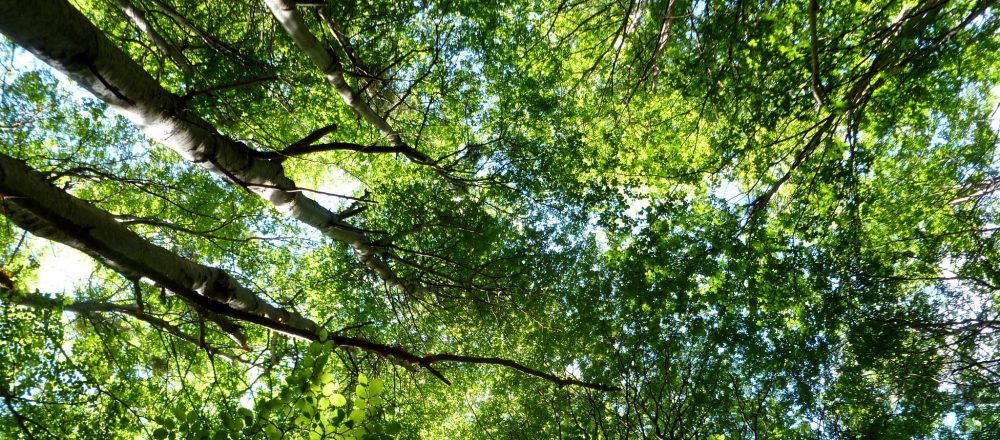In Arctic and alpine environments warming temperatures are expected to result in longer growing seasons and to encourage growth, but snow will melt faster and more will fall as rain. This means that the protective winter blanket of snow cover may no longer be present to hide plants from the extremes of cold that periodically occur. Whether plants can overcome this paradox to benefit from the increased sunlight and warmth above the snow, while resisting the greater fluctuations in temperature, will depend on their physiological capacity to cope with the changing conditions.
Is the paper, Solanki et al., 2018, published in a special issue of Plant Physiology and Biochemistry on UV-cross protection, we explore the ecophysiological response of Vaccinium hummocks to snow cover over the course of a year in central Finland.

We focus on the role played by UV-absorbing compounds in protection against high light and low temperature combinations as shoots emerge from under snow in the early spring.
Solanki T. et al., 2018 UV-screening and springtime recovery of photosynthetic capacity in leaves of Vaccinium vitis-idaea above and below the snow pack Plant Physiology and Biochemistry. https://doi.org/10.1016/j.plaphy.2018.09.003
